A couple of years ago I came to a realisation – that ever since I first left Brisbane in the late 1990s, when I was posted to New York as a foreign correspondent for News Corp, I’d been rushing.
Rushing to get to work, rushing to get home. Rushing to answer emails, answer the phone, answer my colleagues and my boys. Rushing to get lunch to eat at the desk. Rushing to the ladies’ room because I’d been ignoring the call of nature for the last three hours of back-to-back meetings.
Of course, I knew the dangers of this sort of accelerated lifestyle. As a social affairs writer for many years, I had written numerous articles about ‘work/life balance’, or the lack thereof, when it was a hot topic in the early 2000s.
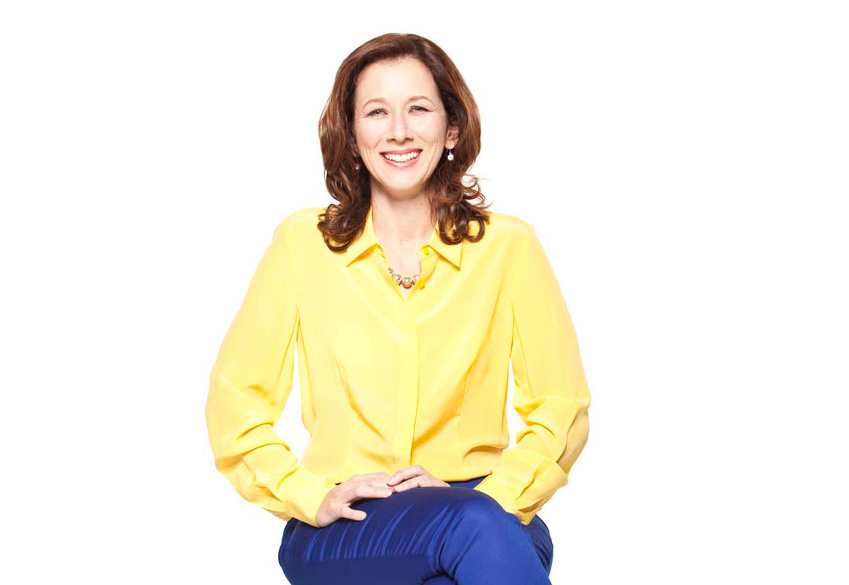
Even then it used to strike me as supremely ironic that the stories that got the best run for me as a journalist were the ones that made me feel worse as a woman—the ones that generated head- lines like ‘Working Mothers Average 3 1⁄2 Minutes a Day on Self-Care’.
A piece like that would usually trigger an intense debate among female colleagues about whether three and a half minutes shaving your legs while supervising your toddler on the potty next to you in the bathroom should be categorised as self-care or child care, or perhaps be put in a separate category altogether: multitasking.
Even before I had children, multitasking had been my default setting.
Even before I had children, multitasking had been my default setting.
But in January 2017 my father became unwell. On his way to meet a mate for their weekly lunch, Dad had missed a step outside the local football club and crash to the ground.
I was preparing for a business trip when I noticed a barrage of missed calls. As I stood and talked to my mother on the phone that day, I felt a familiar surge of adrenaline.
Four strong cappuccinos, one intense peak-hour commute and an interstate flight later I arrived at the Prince Charles Hospital in Brisbane. There, I turned into a small ward and came to an abrupt halt next to a bed on which an old man was lying, his eyes closed and his face drained of colour, his knuckles white as his hands gripped the safety rails.
The weight of recognition hit me, rocking me back on my heels. This was my father—my hero, the strapping man who used to bodysurf in the wildest seas at Sunshine Beach.
Is he dying? The thought popped into my head, unbidden and unwelcome, like the bubble of acid panic that had surged up my throat.
But there was no room for emotion—at least, that was what I told myself. It was safer to revert to the familiar hustle and bustle of problem-solving than to be still in this disconcerting moment. It was easier—far easier—to begin a to-do list and take action: find a doctor or someone in charge, ask questions, make phone calls, alert relatives, ask more questions, check emails, text my team, anything. Just keep moving—inaction is the enemy.
It was safer to revert to the familiar hustle and bustle of problem-solving than to be still.
Dad didn’t die. He had surgery late in the evening, and the next day I flew back to Sydney.
But soon enough I had to admit that something had changed. Each morning, as I made my way up Martin Place to what I once regarded as my ‘dream job’, I felt like I was wading through molasses. Why couldn’t I accelerate? This disorienting heaviness, as if I was stalled at a busy, cacophonous intersection, was unfamiliar.
My multitasking setting, previously so comfortable and familiar, was now distorted and full of white noise.
‘I have no time,’ I shrieked at my partner Peter when he gently suggested that I needed to find ways to replenish myself.
‘There’s no time,’ I snapped when one of my boys asked for help to find a tennis racket, a music folder or a homework sheet as we were walking out the door in the morning.
‘When I’ve got time,’ I murmured as I scrolled past Facebook friends’ posts about dinner parties, and invitations to concerts, and happy snaps from weddings and weekend adventures.
I was stuck on this express train called my successful life, and the best I could do was catch glimpses of their faces as I rushed past their social media platforms: ‘Facebook, Instagram . . . next stop Twitter.’
I’d love to say that I had a light-bulb moment as the noise peaked, when I finally understood that what I needed was silence. It would be great to describe a blinding flash of clarity in which I recognised that my growing distress was a manifestation of a thwarted need to be more present for those I cared about most: my ailing father, my sons, Peter and the rest of my family and friends.
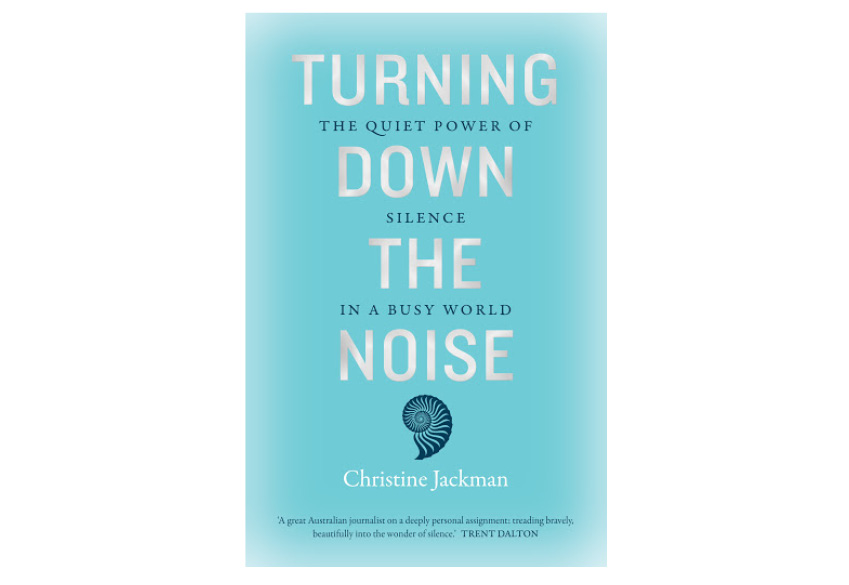
Unfortunately, enlightenment tends to be a messier and blurrier process than that bright, crisp word enlighten suggests.
Instead over the next few years, I began seeking out ways to find calm and clarity. I attended a transformative 10-day silent meditation retreat, where I surrendered my laptop, phones and writing materials. I investigated the health effects of environmental noise, and examined the multitude of ways in which our mobile phones are designed to be addictive. I learned to meditate.
Last year, I turned those experiences into a book Turning Down The Noise, exploring how the fast pace of modern life affects our brains, our lives and our communities.
As my book went to press, the COVID-19 pandemic was sweeping the planet.
But while our lives have slowed in some regards, the noise has continued, taking new forms as well as those more familiar: angst and rumour-mongering on social media; angry finger-pointing and blame games from commentators; increased stress for those without work, and anxiety for children tackling home schooling; the rising volume of life at close quarters for extended periods of time. Quite soon, it became apparent to me that silence would be as valuable as ever as we navigate this uncertain new landscape.
While our lives have slowed in some regards during Covid-19, the noise has continued, taking new forms as well as those more familiar.
Did I find a sense of calm?
Well, I found some solutions. These days, I try to meditate for at least half an hour each day. If I can, I try for two sessions: one in the morning and one before bed.
As well as meditating, I have found myself reaching for silence at other times during the day: sometimes because I simply feel the need for a pause, or because I am feeling overwhelmed by negativity, but also when I’m in the presence of something profoundly beautiful, like great music, a stunning view or an act of raw humanity.
Without realising it at first, I developed different practices for different situations. Slivers of silence are the little fragments of time, often mere minutes, that present themselves throughout the day on an ad hoc basis: when we’re waiting in a queue to order coffee, or caught in traffic, or between tasks at work or at home.
Slices of silence require more intention, in terms of planning time for them in a day or week, but they are still completely manageable. They’re like gym sessions or yoga classes while slivers are usually impromptu. Slabs of silence are just that: great dollops of the stuff, which require significant planning.
Slivers of silence
Half-smile meditation
Curve your mouth into a half-moon. Close your eyes or hold your gaze softly on a steady point. Count three slow, deep breaths, staying aware of the air flowing in and out of your belly. That’s it! The smile is key because it activates certain neurotransmitters, including dopamine (the one your brain is craving when it seeks out social media likes).
This sliver is ideal for moments of frustration or simply waiting. I’ve used it in interminable work meetings, staring down at my notebook, and at school assemblies, where I assume everyone else thought I was smiling at the kids.
Hold space
When someone is speaking to you—colleague, partner, child—imagine you are creating a space for their words. Treat that space like a blank page or calm pool, into which they are adding their thoughts and emotions. Pay attention. This is about listening ‘with the ear of the heart’, as Benedict would say, not simply waiting for a pause into which you can insert your own words.
Slices of silence
Quiet quest
Set yourself a challenge to find a new, quiet place near your place of work, and aim to visit at least once a week; you could eat lunch there, or meditate, or simply sit—but treat it as a tech-free zone.
Cone of car silence
This is an unexpected favourite of mine, and can also be done in slivers. Often we introduce more noise in the car, putting on the radio, listening to podcasts or music, or returning calls. Instead, consciously create a space in the car that is quiet, at least when you’re driving alone. Turn all devices off (or put them on silent). Then . . . just drive. Recognise that this is an opportunity to let your brain rest and focus on one activity alone. If you’re like me, you’ll be surprised to discover that you start looking forward to this time.
Slabs of silence
Secular silent retreat
Many, if not most, health and wellness retreats will support guests who ask to conduct some or even all of their stay in silence. Indeed, an increasing number now offer silent retreats that are not attached to any religious tradition or rigorous meditation practice (like Vipassana).
Finally, be gentle with yourself. The modern world bombards us with messages about productivity and hyper-achievement—the idea that your worth is bound up with setting goals and then moving through them doggedly, even ferociously. But life’s not linear like that. Sometimes we are diverted, even overwhelmed. Along the way, we may discover that the goals we set aren’t the right ones for us, right now, and others are more appropriate.
The good news is that silence is always there waiting for you, when you’re ready to return.
This is an edited extract from Christine Jackman’s book, Turning Down The Noise: The Quiet Power of Silence In A Busy World (Murdoch Books), which is available now.
Christine Jackman will be speaking at All About Women festival at Sydney Opera House on March 7. She will appear alongside Mary Hoang in ‘Life: A Survival Guide’. You can buy tickets to watch the event online here.
Want more stories like this? Sign up to PRIMER’s weekly newsletter here.




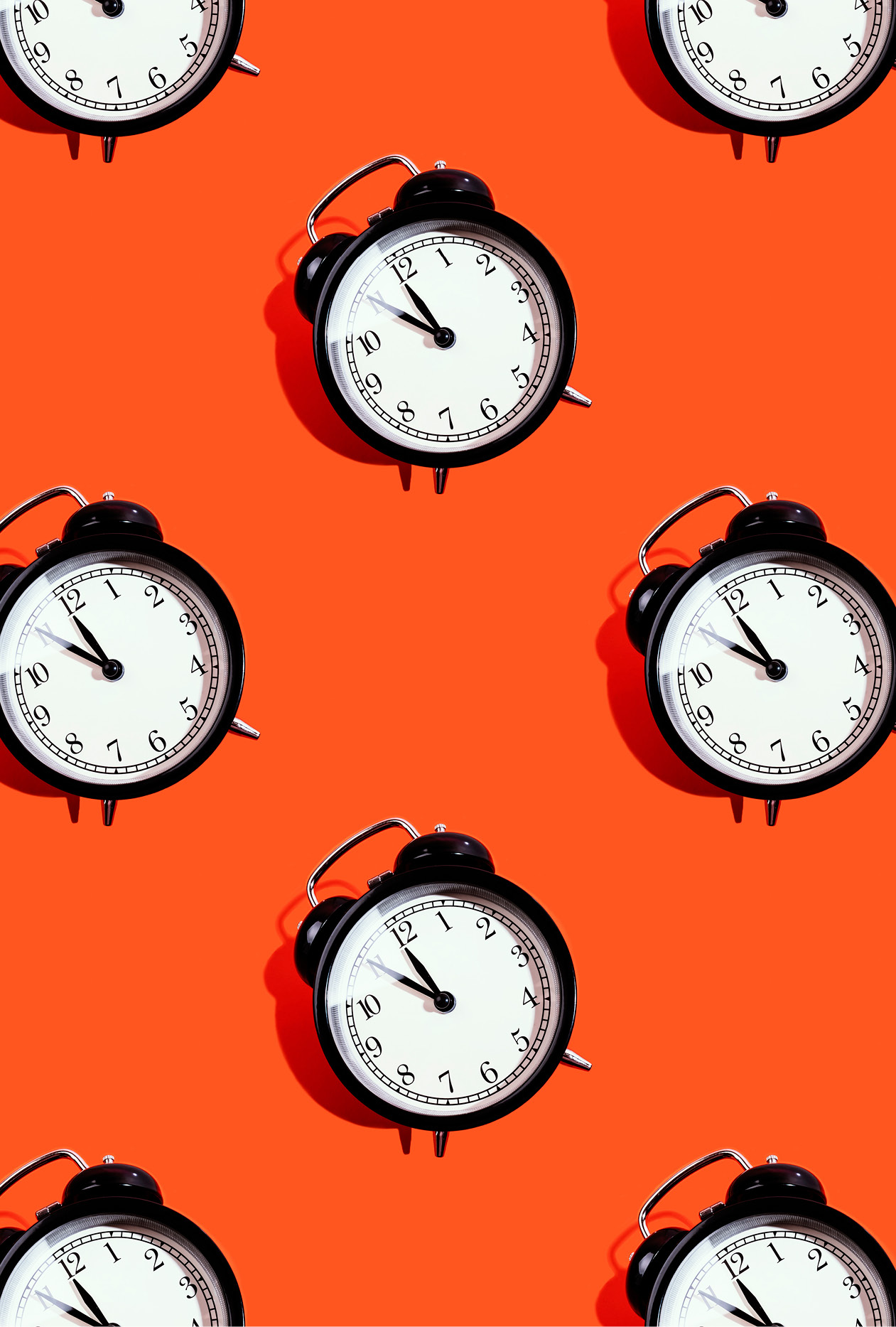

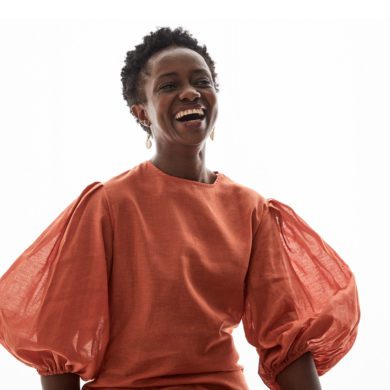

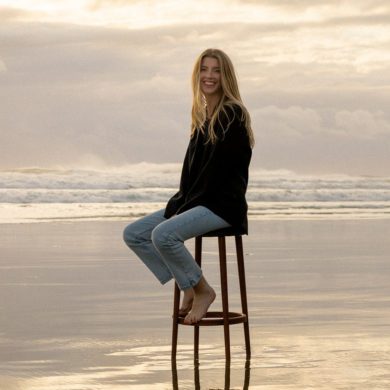
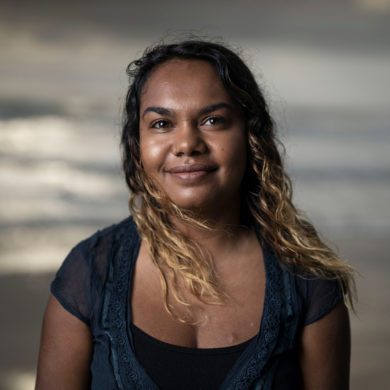


No Comments